Science Without Borders - Collaborating to Connect Students to Africa through a Culturally Responsive 3D5E Lesson Plan
By Jacqueline Lafitte, Marie Gorman and Dr. Leena Bakshi
[article was originally published on December 12, 2022]
During the Omicron chapter of COVID-19, teachers faced the difficulty of increased absenteeism and decreased motivation. While this situation may hopefully be a thing of the past, student learning is still recovering from the effects of the pandemic.
How can we leverage the assets all students bring to foster equitable STEM learning and joy in teaching for educators, while recognizing gaps in learning loss in Language Arts, Math and especially Science? Read how Jacqueline Lafitte, an educator from Hayward, CA, used an interdisciplinary and culturally responsive 3D5E lesson plan that used the power of community partnerships and Social Emotional Learning to engage and empower her students.
Jacqueline Lafitte, a fifth grade teacher from Cherryland Elementary, uses an interdisciplinary and culturally responsive science lesson that explores why water is a coveted resource not only to cover NGSS, but more importantly, to emphasize empathy and community as part Social Emotional Learning. With the support of three non-profit organizations, students use their understanding of water to build connections to students in Eseka, Cameroon. Jacqueline used the STEM4Real Lesson Study Framework of CREATE-CONNECT-CULTIVATE in her lesson plan.
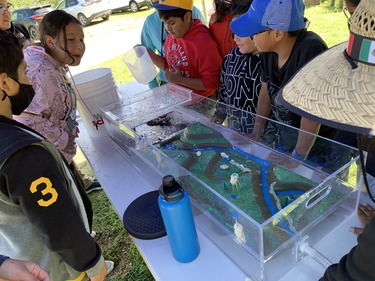
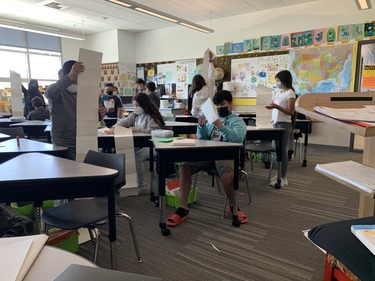
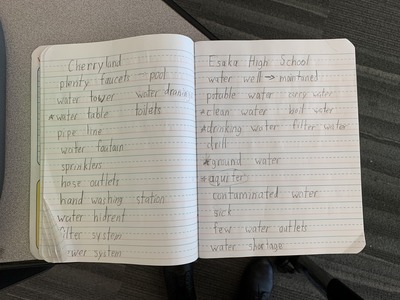
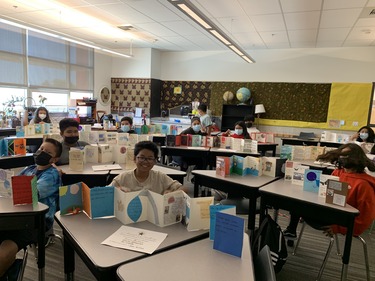
How can community partnerships strengthen student learning experiences?
As an active member of the Hayward community, Jacqueline brought her passion to support communities in need and partnered with three non-profit organizations to make the DCI of water culturally responsive to students’ lived experiences: Sayap Africa connected water to the community of Eseka; UCCE W 4H Water Wizards program allowed students to have hands-on experience with water and a field trip to UC Elkus Ranch in Half Moon Bay; and STEM4Real led the lesson study process that structured the 3D5E lesson plan.
How can lesson study foster student assets and equitable STEM learning?
Through the STEM4Real lesson study process, Jacqueline grounded her lesson plan using a culturally relevant phenomenon. In the CONNECT phase of the lesson study process, she deepened her understanding of her students through case study students. She discovered that her case study students loved learning through story-telling and that one of them even had relatives in Africa who survived a major drought before immigrating to the United States.
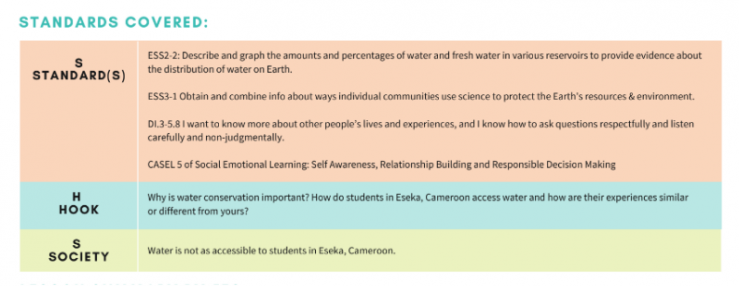
Jacqueline used the STEM4Real SHS (Standard-Hook-Society) to choose a culturally responsive phenomenon in her 3D5E lesson.
Using this knowledge, Jacqueline entered the CREATE phase of the lesson study and carefully crafted an experiential learning experience using the 5Es: Engage, Explore, Explain, Elaborate and Evaluate. She used various literature pieces like the book A Long Walk to Water by Linda Sue Park to introduce the cultural value of water in different cultures and build upon literacy skills. In addition, with the help of Water Wizards, Jacqueline’s students were able to explore watersheds and the journey of a raindrop through a field experience in Half Moon Bay. Lastly, Sayap Africa helped add the layer of environmental justice by bringing light on why a well was needed in Eseka to increase water access and allow 2,000+ students to attend school on a daily basis.
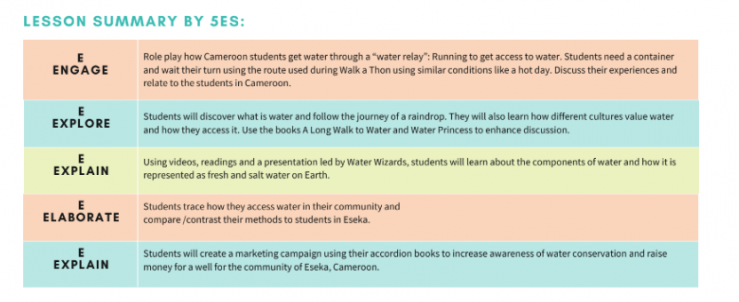
An outline of Jacqueline’s 5E lesson plan created through the STEM4Real Lesson Study Process.
How can components of social justice empower students to be solutionary?
In the CULTIVATE phase of the lesson plan, Jacqueline was able to link what the students learned to the difficulty of accessing water in Eseka. Through the culminating project of an accordion book, which incorporated math and art in its creation, students were able to record their personal reflection on the importance of water conversation. They took on a solutionary mindset and wrote letters advocating community involvement to raise money for a well in Eseka. The students were able to celebrate their work by sharing their accordion books with students from Eseka and in turn, Eseka students sent pictures holding their names to introduce themselves.
A CASE recipient of Science Teacher of the Year Award in Upper Elementary, Jacqueline believes that lessons are more powerful to the students when we are able to link them to real life experiences that students can relate to. She says that, “Science helps to develop the whole child and allows them to touch, explore, plan, measure, theorize, build and produce something tangible that brings them joy!”
Learn more about Jacqueline’s lesson plan by listening to her podcast interview with STEM4Real. You can also donate to Sayap Africa’s cause to build a water well at Eseka High School.
All images approved for publication and provided by the contributing authors
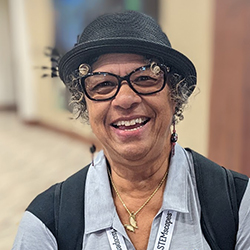
5th Grade Teacher, Cherryland Elementary
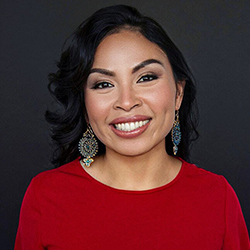
Maria Gorman, Director of Operation STEM4Real

Leena Bakshi, Executive Director STEM4Real






